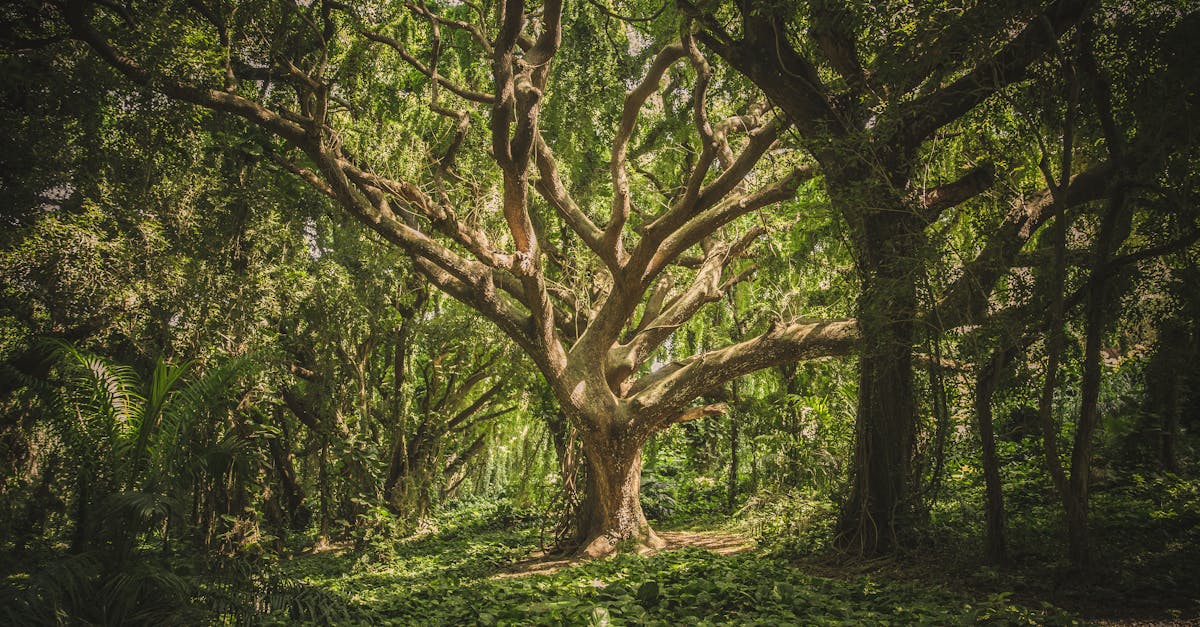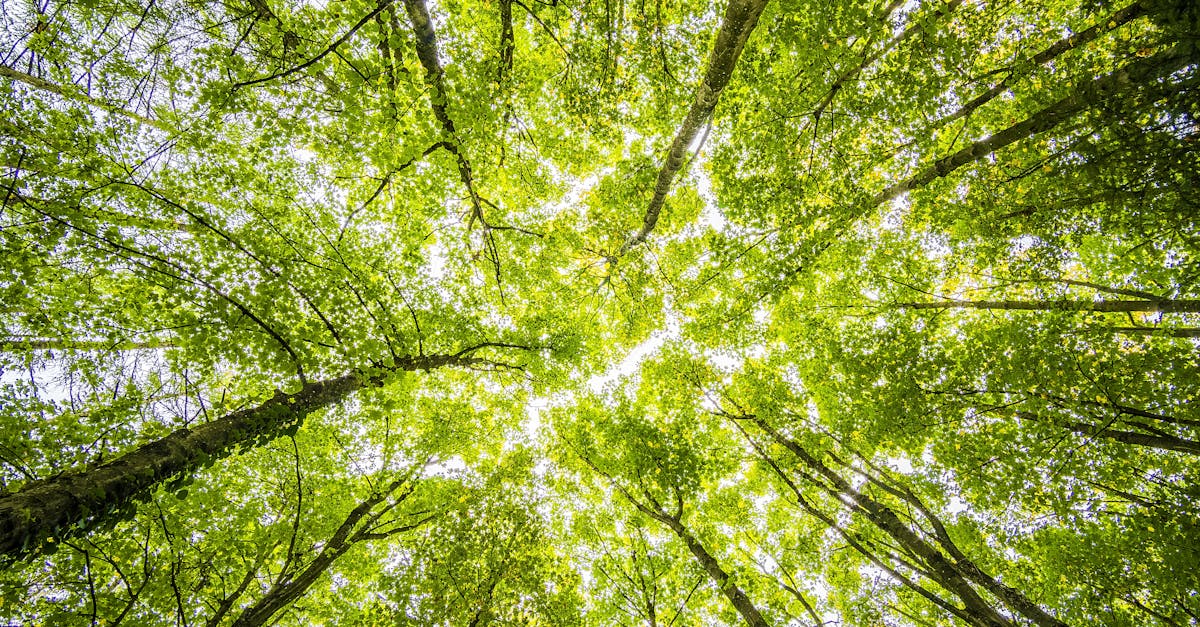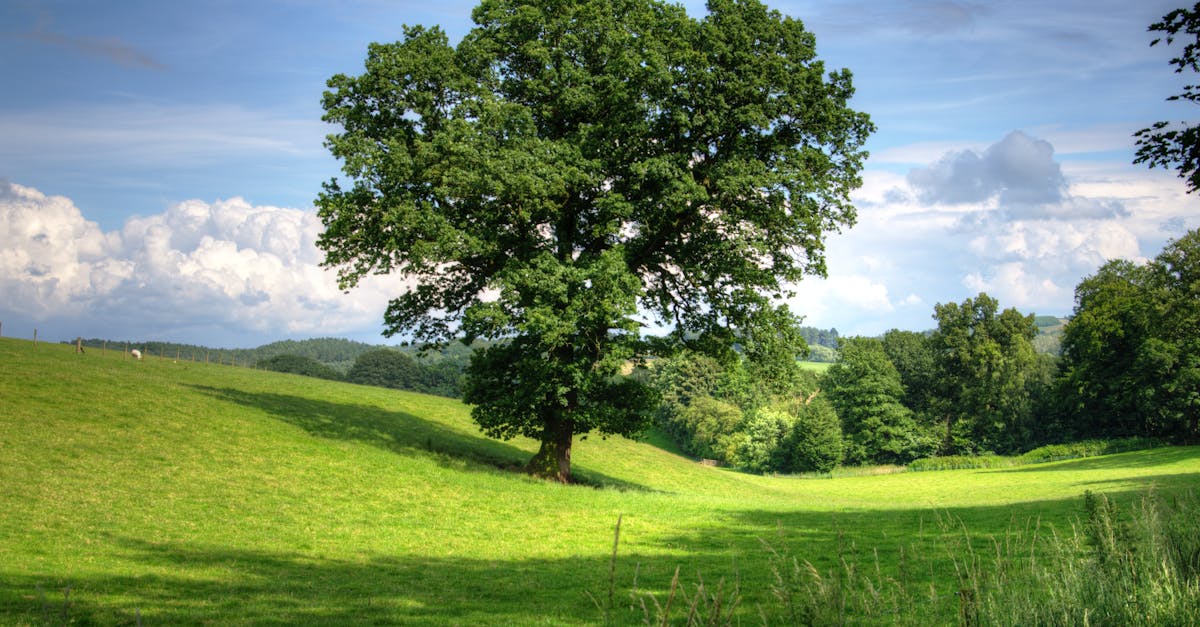
Tree Pruning and Trimming
Selene Tree Services specializes in expert tree pruning and trimming services for both residential and commercial properties. Our team of highly trained arborists use the latest tools and techniques to ensure the health and beauty of your trees. With our careful and precise pruning methods, we can improve the overall appearance of your trees, promote growth, and prevent potential hazards. Whether you need a few branches trimmed for aesthetic purposes or require more extensive pruning to maintain the structural integrity of your trees, Selene Tree Services has got you covered. Trust us to provide top-notch tree pruning and trimming services that will leave your trees looking healthy and vibrant. Contact us today to schedule an appointment.
Benefits of Professional Tree Pruning Services
Professional tree pruning services offer numerous benefits for both the health and aesthetics of your trees. By entrusting your tree pruning needs to certified arborists, you ensure expert care that promotes the overall well-being of your trees. Through strategic pruning techniques, professionals can improve sunlight exposure, increase air circulation, and reduce the risk of diseases and pests. Additionally, pruning helps in maintaining the structural integrity of trees and reducing the likelihood of branch failure during severe weather conditions.
Furthermore, professional tree pruning services can enhance the visual appeal of your property by shaping trees to maintain a pleasing aesthetic. By selectively removing dead or overgrown branches, trimming the canopy, and thinning out excess foliage, experts can improve the overall appearance of your trees and create a more inviting outdoor environment. Additionally, tree pruning promotes new growth, encourages healthier foliage, and can even increase fruit or flower production on certain tree species. Hiring professionals for tree pruning not only ensures the health and safety of your trees but also enhances the beauty of your landscape.
Ensuring safety and expert care for your trees
Proper tree care is essential for maintaining the health and aesthetics of your landscape. When it comes to ensuring the safety and expert care of your trees, hiring a licensed tree service professional is crucial. These experts have the knowledge and tools needed to prune and trim trees safely, preventing any potential damage to property or injury to individuals. By entrusting your tree maintenance needs to a professional tree trimmer, you can have peace of mind knowing that your trees are in good hands.
In addition to safety considerations, expert tree care can also enhance the overall health and appearance of your trees. Professional tree trimmers understand the proper techniques for pruning different tree species, ensuring that cuts are made at the correct angle and location to promote healthy growth. By removing dead or diseased branches, these professionals help improve airflow and sunlight exposure within the tree canopy, fostering optimal conditions for tree vitality. Regular maintenance from a skilled tree service provider can also help in identifying and addressing any potential issues early on, keeping your trees in prime condition year-round.
Pruning Tips for Fruit Trees
Pruning fruit trees is a critical aspect of maintaining their health and maximizing fruit production. When pruning fruit trees, it's essential to make strategic cuts that will encourage fruit-bearing branches to grow and flourish. By removing dead or diseased branches, you not only improve the overall appearance of the tree but also prevent the spread of disease to healthy parts of the tree. Additionally, pruning allows for better air circulation and sunlight exposure, leading to healthier trees and higher fruit yields.
When it comes to pruning fruit trees, it's important to prune during the correct season for the specific type of tree. For most fruit trees, late winter or early spring before new growth begins is the optimal time for pruning. Be sure to use sharp and clean pruning tools to make precise cuts without causing unnecessary damage to the tree. Focus on removing any crowded or crossing branches to maintain an open canopy structure that allows for ample sunlight penetration. Lastly, always prune to shape the tree based on your specific goals, whether it's to improve fruit quality, tree aesthetics, or overall tree health.
Maximizing fruit production through strategic cuts
Fruit tree pruning is a vital practice to ensure the health and productivity of your trees. Making strategic cuts can help maximize fruit production and promote overall tree vigor. When pruning fruit trees, it's essential to focus on removing dead or diseased branches, as these can hinder the tree's ability to produce healthy fruit. By strategically cutting away these branches, you are creating space for new growth and allowing for better air circulation within the canopy.
Furthermore, when pruning fruit trees for maximum fruit production, it's crucial to consider the tree's growth habits and the specific type of fruit it bears. Each tree species has its own set of requirements when it comes to pruning techniques. For instance, some fruit trees benefit from annual pruning to maintain a balance between vegetative growth and fruit production, while others may need more aggressive pruning to stimulate new growth and increase fruit yield. Understanding the unique needs of each fruit tree species is essential in achieving optimal fruit production through strategic cuts.
Understanding the Difference Between Tree Pruning and Trimming
Tree pruning and trimming are both essential practices in maintaining the health and appearance of your trees. While they may seem similar, there are distinct differences between the two processes. Tree pruning involves the selective removal of specific branches to improve the tree's structure, health, and aesthetics. This method aims to remove dead, damaged, or diseased branches, as well as shape the tree to promote proper growth patterns and enhance overall tree health. On the other hand, tree trimming typically involves cutting back overgrown branches to maintain the tree's size and shape. This process focuses on removing excess growth and can help prevent potential safety hazards, such as branches encroaching on buildings or power lines.
Understanding the difference between tree pruning and trimming is crucial for ensuring the proper care and maintenance of your trees. When done correctly, both practices can benefit the health and appearance of your trees. Tree pruning requires more expertise and precision, as it involves strategic cuts to enhance the tree's structure and longevity. In contrast, tree trimming is typically done for aesthetic purposes or to address safety concerns, such as removing branches that pose a risk during storms or high winds. By understanding the specific goals of each tree maintenance practice, you can ensure that your trees receive the care they need to thrive and remain safe in their environment.
Defining specific goals for each tree maintenance practice
Defining specific goals for tree maintenance practices is essential to ensure the health and longevity of your trees. When it comes to tree pruning, the primary goal is to enhance the tree's overall structure and appearance. By selectively removing branches that are weak, damaged, or overgrown, you can promote better airflow and sunlight penetration within the canopy. This not only improves the aesthetic appeal of the tree but also reduces the risk of branches falling and causing potential hazards to property or individuals.
On the other hand, tree trimming focuses on maintaining the size and shape of the tree. The goal here is to control the growth of the tree by cutting back excessive growth, especially in areas where branches may interfere with structures or power lines. By trimming the canopy, you can also help mitigate potential damage during severe weather conditions like hurricanes or heavy snow. Additionally, proper tree trimming can stimulate new growth and promote the overall health of the tree by allowing resources to be allocated more efficiently throughout the tree.
FAQS
Why is professional tree pruning important?
Professional tree pruning ensures that your trees are properly cared for, promoting healthy growth and reducing the risk of disease or damage.
How often should I prune my fruit trees?
Fruit trees should ideally be pruned annually during their dormant season to maximize fruit production and overall health.
What is the difference between tree pruning and tree trimming?
Tree pruning focuses on the health and growth of the tree by removing specific branches, while tree trimming is more about maintaining the shape and appearance of the tree.
Can I prune my trees myself, or should I hire a professional?
While some light pruning can be done by homeowners, it is recommended to hire a professional tree service for more extensive pruning to ensure the safety and health of the tree.
How do I know if my tree needs pruning?
Look for signs such as dead or diseased branches, overgrowth, or branches crossing or rubbing against each other, as these indicate that pruning may be necessary for the tree's health.


